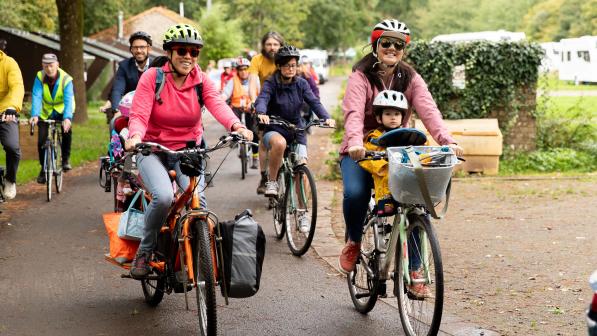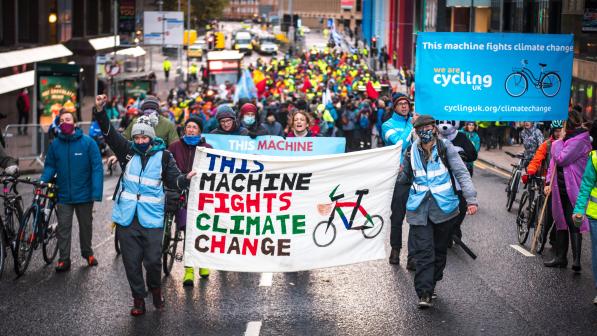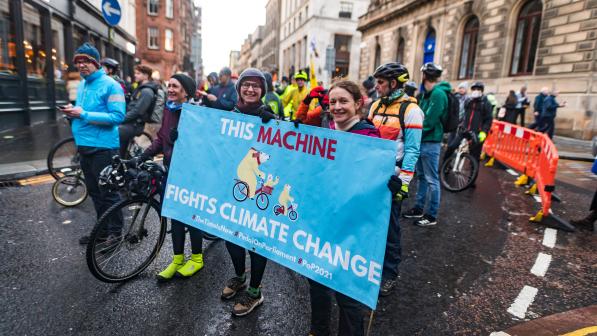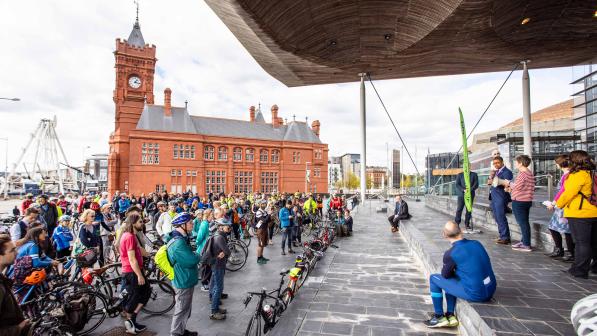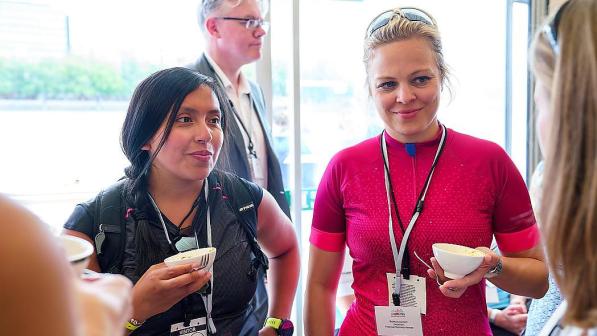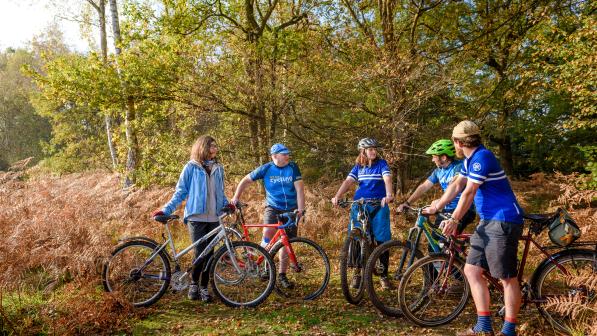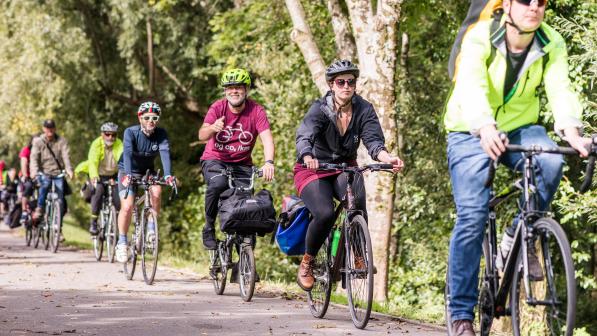How to set up and plan a new campaign
By Stephen Dominy

Setting up and planning a campaign
Campaigning is all about working towards achieving a common goal. Campaigning involves working on the detail of what’s needed but it’s also about gaining support and winning over those who make the decisions.
Campaigns come in many forms and from many starting points. The information below provides a checklist of things to do to get a campaign off the ground. This is not in any prescribed order and neither do all steps or actions need to be taken.
Plan for establishing your campaign
The following things can be the basis for establishing an organised and effective campaign:
- Campaign name – decide on a campaign name, should be concise, understandable, relevant.
- Campaign webpages or website – set up a website for the campaign or a webpage from a host or partner organisation. Sometimes a Facebook page can do this job.
- Campaign email account – set up a separate account for the campaign unless it’s a campaign from an existing group.
- Campaign social media accounts – register new accounts for the campaign, unless this is a campaign run by a group with these in place.
- Facebook – for posting news (and more) to followers.
- Twitter – great for regular short updates and raising profile with decision-makers and a wider audience.
- Instagram – great for posting photos
- Write a Campaign Plan - there are many ways to develop a plan – below are some ideas of how to organise your campaign:
- Campaign goal/aim/ask – one main ask/demand is powerful, e.g. a new cycle path between X and Y.
- Campaign objectives (should be SMART where possible) – things the campaign needs to accomplish in order to achieve the goal, e.g. Grow local support, gain support of decision-makers, having a positive campaign recognition in the wider area.
- ‘Manifesto’/purpose – a document outlining what the campaign wants (specific asks) and why the path is needed. Outlines justification for the goal based on key campaign themes.
- Campaign Values – set the ‘values’ of the campaign to help set the tone of how the campaign will work, e.g. there’s a big difference between a confrontational shouty campaign and a campaign which aims to grow support and work with others.
- Key decision-makers map – mapping exercise to clarify who are the key decision-makers that need to be influenced. This will support the advocacy plan.
- Advocacy Plan – a plan which sets out how the campaign will try to achieve the aims by influencing key decisionmakers.
- Communications Plan – a plan which clearly sets out the main campaign messages and a timetable of opportunities to communicate the messages
- Governance
- Establish and convene a core group of people to run the campaign initially.
- Set up a formal Steering Group with roles and responsibilities.
- Gather media resources
- Photos – photos of the local area and along the route, especially people walking and cycling. Positive aspirational pictures good. Encourage supporters to take photos and post to social media tagging the campaign
- Graphics for social media and website
- Plans or pdfs from websites, e.g. a diagram of a proposed route.
- Videos
- Campaign video
- Short personal videos created on phones – personal stories from local people saying why they want a path and what it would mean to them. Graphics for social media and website
Gaining support
- Initial meeting of key local people
- Campaign introduction meeting – an online webinar to introduce the campaign to a wide range of supporters and potential supporters in the local and wider community. Advertise via social media and local channels. Aim to gain wide support for the campaign, i.e. give people the opportunity to say 1) ‘Yes, this is a good thing’ and 2) Yes, I want this to happen and I want to help.
- Attend meetings of other groups especially, local community groups and local democracy (Community Councils)
- Meeting with other local groups who might be allies to inform and gain their support.
- Brainstorm and then contact local organisations who may be sympathetic to the campaign.
- Create an online tool where people can sign up to support the campaign (check for data protection issues).
Activities once your campaign is established
Events and actions to spread the message
- Campaign launch event – high profile event to attract media and political attention.
- Spreading the message – ongoing communications using the Comms Plan to identify key opportunities.
- Using social media to spread the message and gain supporters
- Social media campaigns
- Blogs series on manifesto issues
- Articles in the local papers
- Political – using the Advocacy Plan
- Meet Councillors (ward Cllrs and Cllrs responsible for e.g. transport/communities), constituency and regional MSPs, and MP. Invite politicians to visit the campaign activities, visit a location or see the need.
- Meet Council staff responsible for roads, active travel, communities etc. Establishing a good relationship and understanding will be important.
- Invite Government Minister to visit location.
- At election time:
- Gain support from party candidates pre-election
- Organise local hustings focussed on campaign issues
- Attend other local hustings and ask questions focussed on the campaign ask.
- Events/activities – find imaginative ways to achieve campaign objectives and keep telling the messages publicly.
- Launch event
- Media stunt/photoshoots
- Mass bike ride/ relay
- Local election hustings ahead of elections
- Local surveys of opinions or survey of road usage
- Reports – e.g. writing a history of the campaign issue in the area over the years.
- Twitter storm event – calling for action
